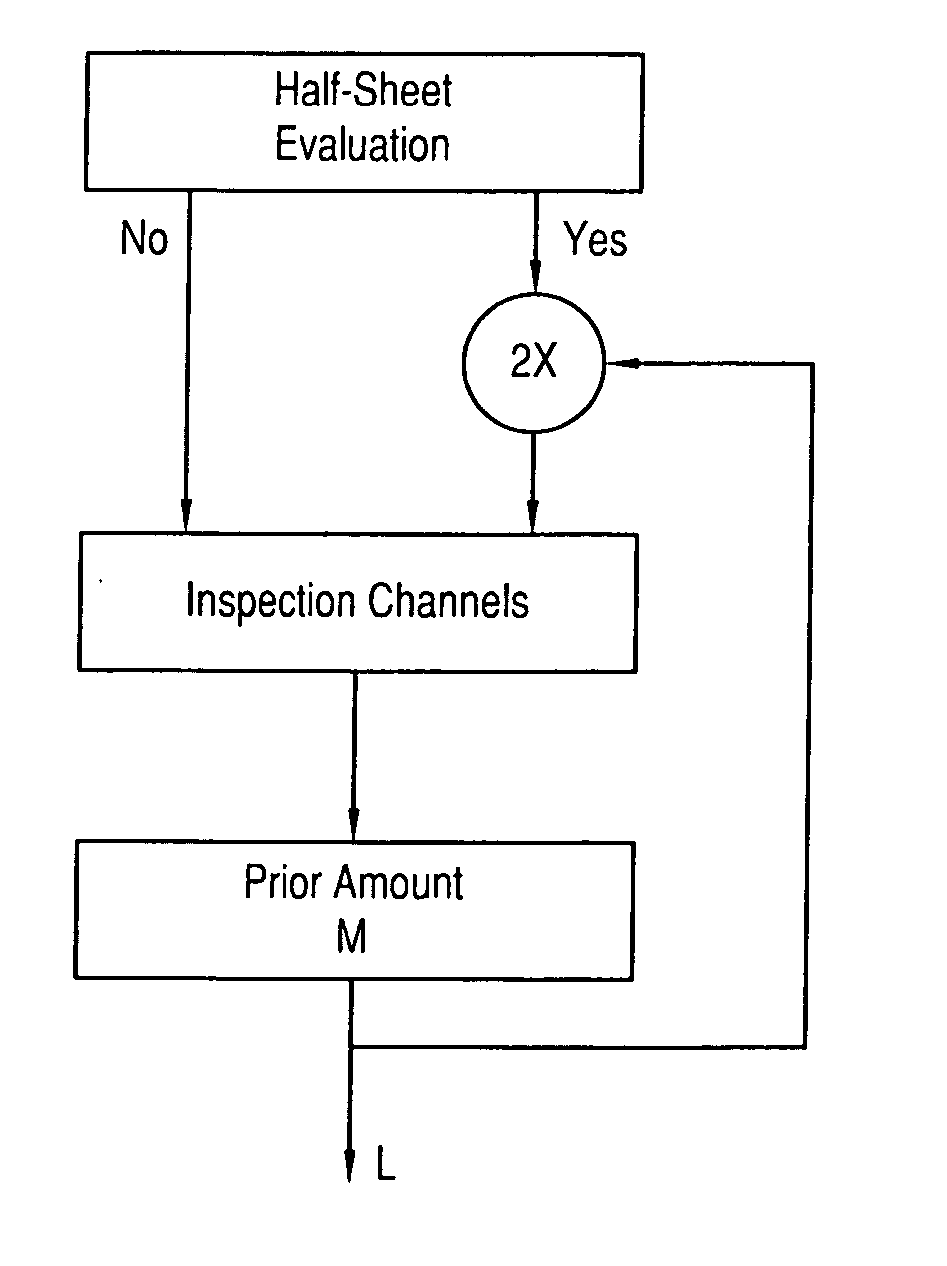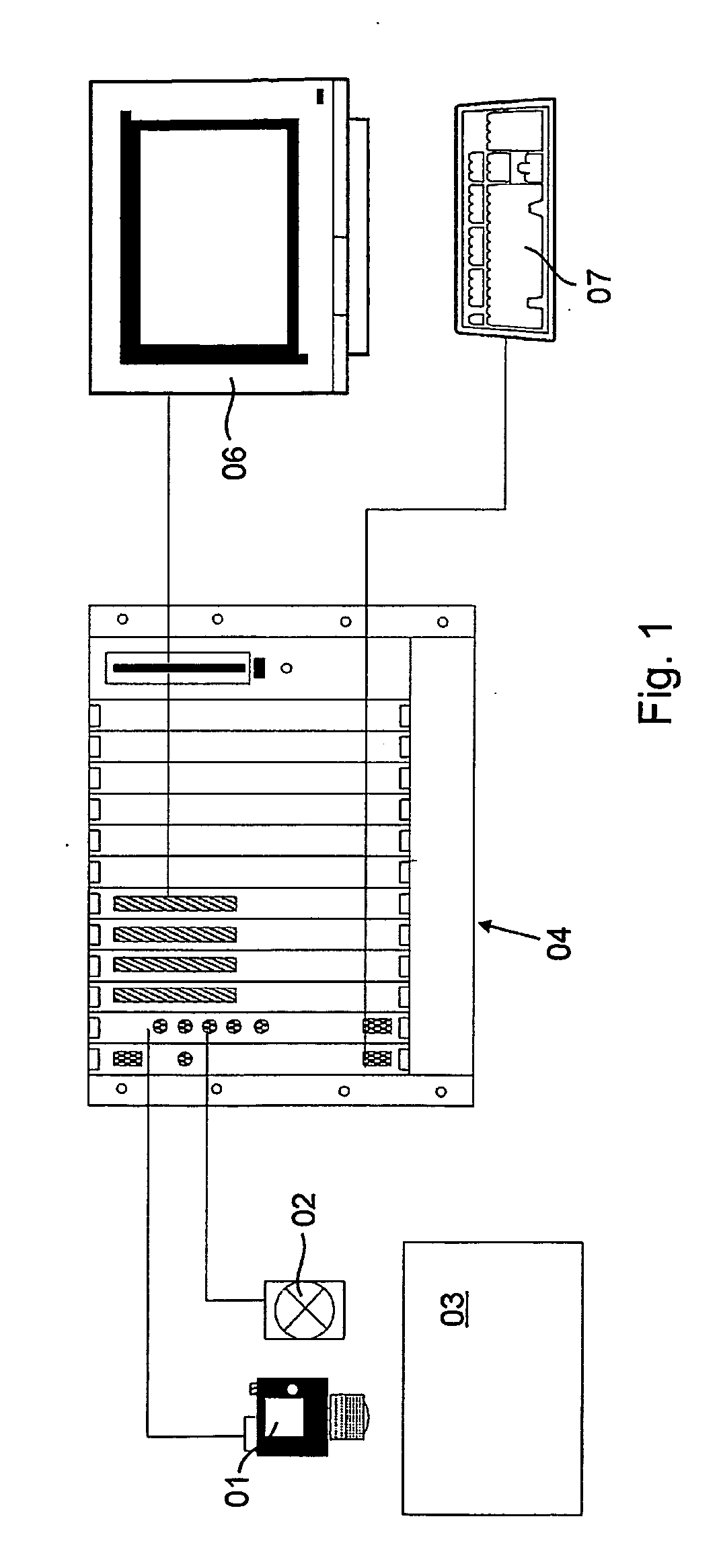Method for Evaluating the Quality of a Printed Matter, Provided by a Printing Machine
a printing machine and quality technology, applied in the field of methods for evaluating can solve the problems of exacerbated problems, considerable challenges to the respective camera system, and significant fluctuations in the quality of printed matter produced by printing presses, so as to increase the productivity and the economy of production process, prevent unnecessary misprints, and yield printed matter copies
- Summary
- Abstract
- Description
- Claims
- Application Information
AI Technical Summary
Benefits of technology
Problems solved by technology
Method used
Image
Examples
Embodiment Construction
[0025] For the purpose of evaluating the quality of printed matter, which is produced by a printing machine, and in accordance with the schematic depiction, which is shown in FIG. 1, an inspection system, which may be used by way of example, has an image capture unit 01 which may be embodied, for example, as several color line cameras 01 which are coupled with one another or as a color surface camera 01 that captures a printed image 03 which is lit by a lighting device 02. The printed image 03 typically is produced by a printing press on a printing material, which is not specifically shown, and which is composed, for example, of paper. Image data of the individual color channels, which are detected by the image capture unit 01 from the capture of the printed image 03, are evaluated in an image processing system 04. The output of the result of such an evaluation is shown, for example, on a monitor 06 which is connected to the image processing system 04. Input, for example, of paramet...
PUM
| Property | Measurement | Unit |
|---|---|---|
| machine speed | aaaaa | aaaaa |
| speed | aaaaa | aaaaa |
| colors | aaaaa | aaaaa |
Abstract
Description
Claims
Application Information
 Login to View More
Login to View More - R&D
- Intellectual Property
- Life Sciences
- Materials
- Tech Scout
- Unparalleled Data Quality
- Higher Quality Content
- 60% Fewer Hallucinations
Browse by: Latest US Patents, China's latest patents, Technical Efficacy Thesaurus, Application Domain, Technology Topic, Popular Technical Reports.
© 2025 PatSnap. All rights reserved.Legal|Privacy policy|Modern Slavery Act Transparency Statement|Sitemap|About US| Contact US: help@patsnap.com



